Why are pipette tips rarely reusable?
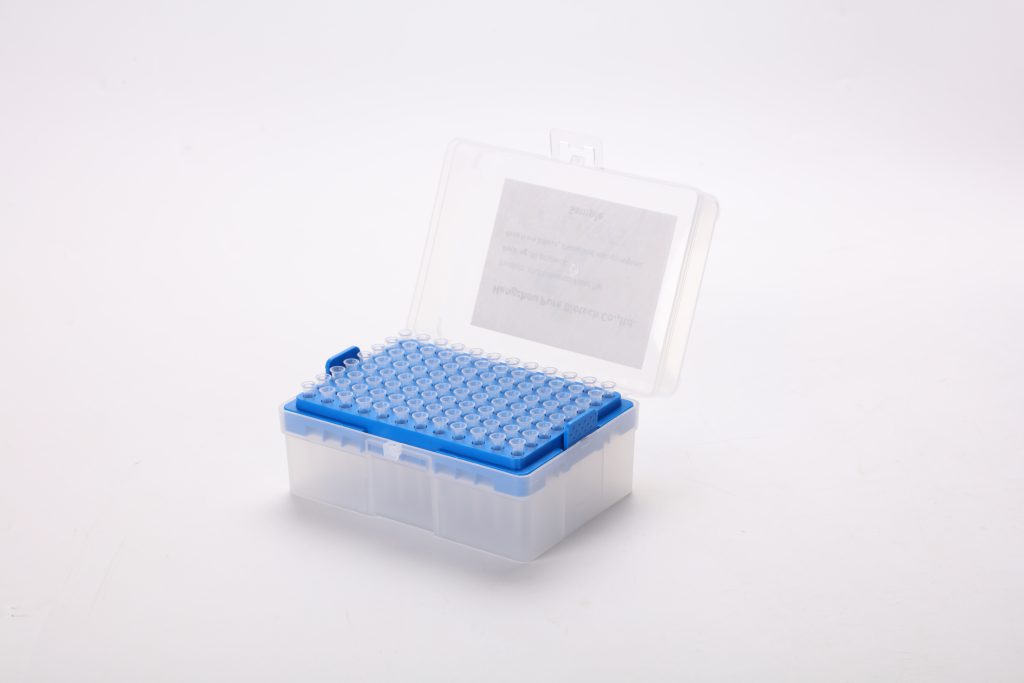
Pipette tips are designed to be disposable for several practical and scientific reasons: Preventing Cross-Contamination: Reusing pipette tips could lead to cross-contamination between different samples. Even with thorough cleaning, there is a risk that trace amounts of the previous sample may remain in the tip, potentially contaminating the next sample. In many laboratory applications, maintaining […]
Are all pipette tips the same
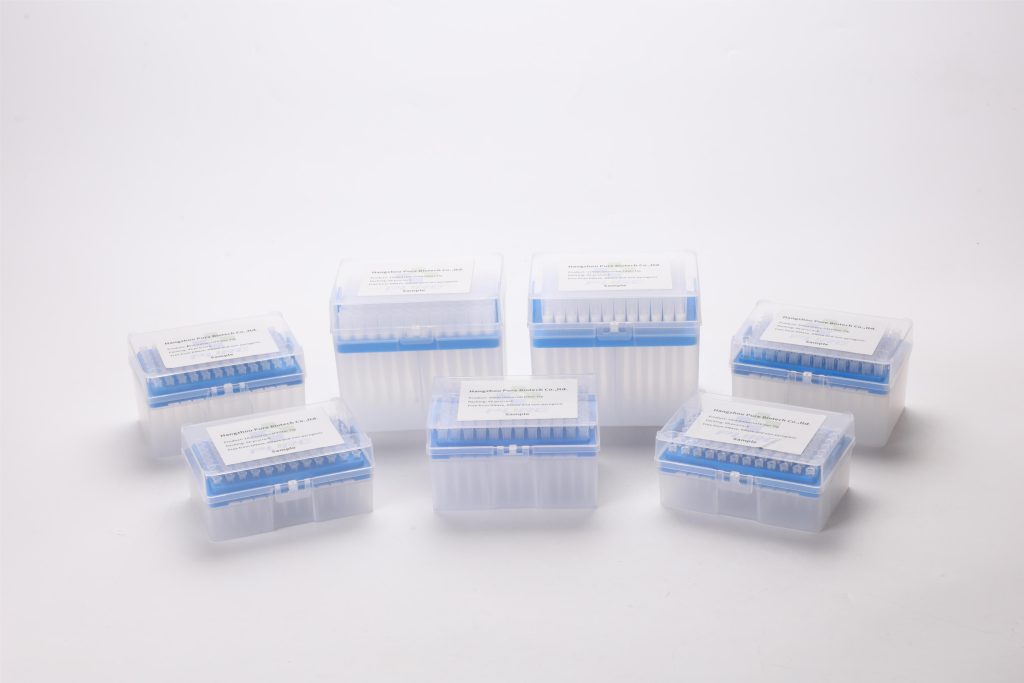
While pipette tips serve the common purpose of facilitating accurate liquid transfer with pipettes, they are not all the same. Pipette tips come in various types, sizes, and materials, and their suitability depends on the specific application and the pipette being used. Here are some key differences among pipette tips: Volume Range: Pipette tips are […]
Is there a pipette tip shortage?
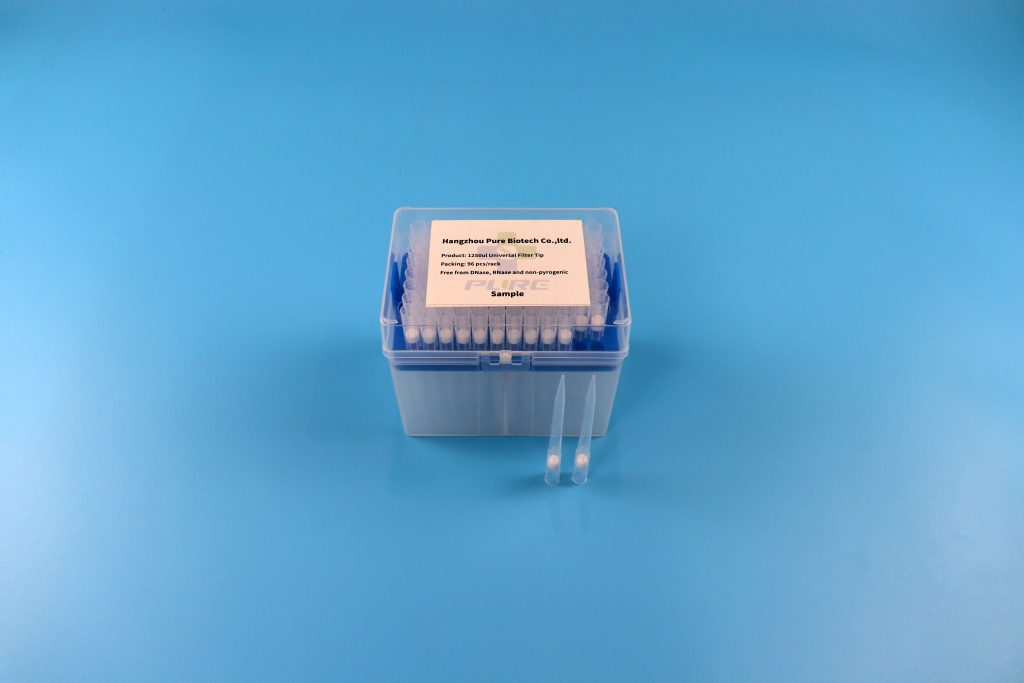
As of my last knowledge update in January 2022, I do not have information on the current status of a pipette tip shortage. The availability of laboratory supplies, including pipette tips, can be influenced by various factors, including global events, manufacturing challenges, and supply chain disruptions. To get the most accurate and up-to-date information on […]
What are pipette tips used for?
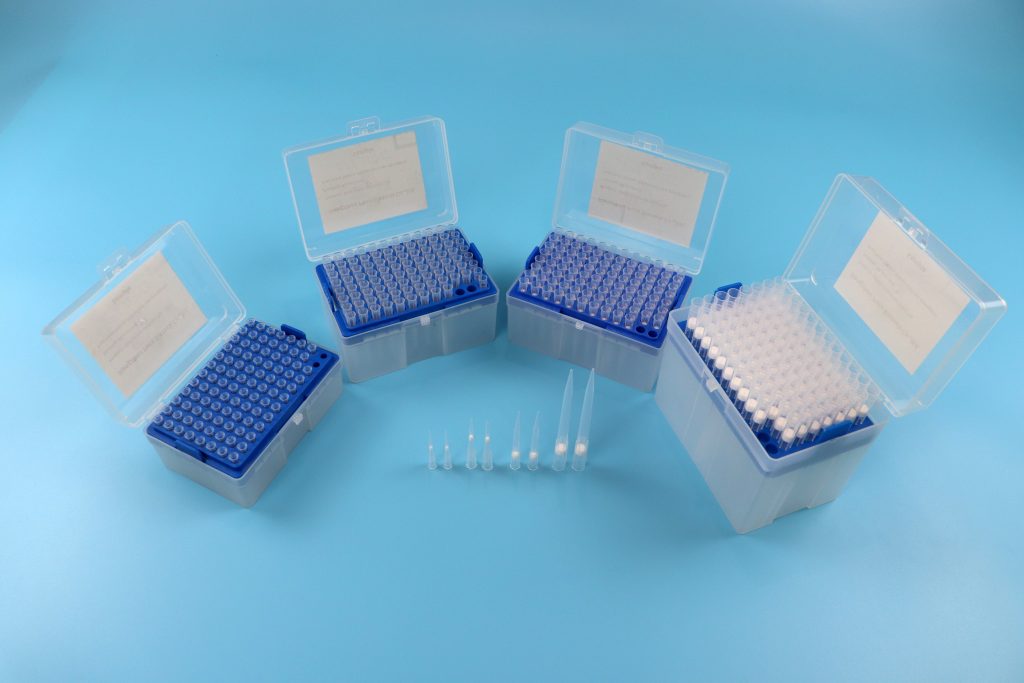
Pipette tips are small, disposable attachments used with pipettes, which are precision instruments used to measure and transfer small volumes of liquid. Pipette tips come in various sizes and are designed to fit specific pipette models. They play a crucial role in laboratory work, particularly in fields such as biology, chemistry, and clinical diagnostics. Here […]
What is the standard for size vials?

HPLC vials come in various sizes, and there are some standard dimensions that are widely used in the industry. The choice of vial size depends on the requirements of the analysis, the sample volume, and the compatibility with the HPLC instrument and autosampler being used. The two most common sizes for HPLC vials are 2 […]
Can you reuse HPLC vials?
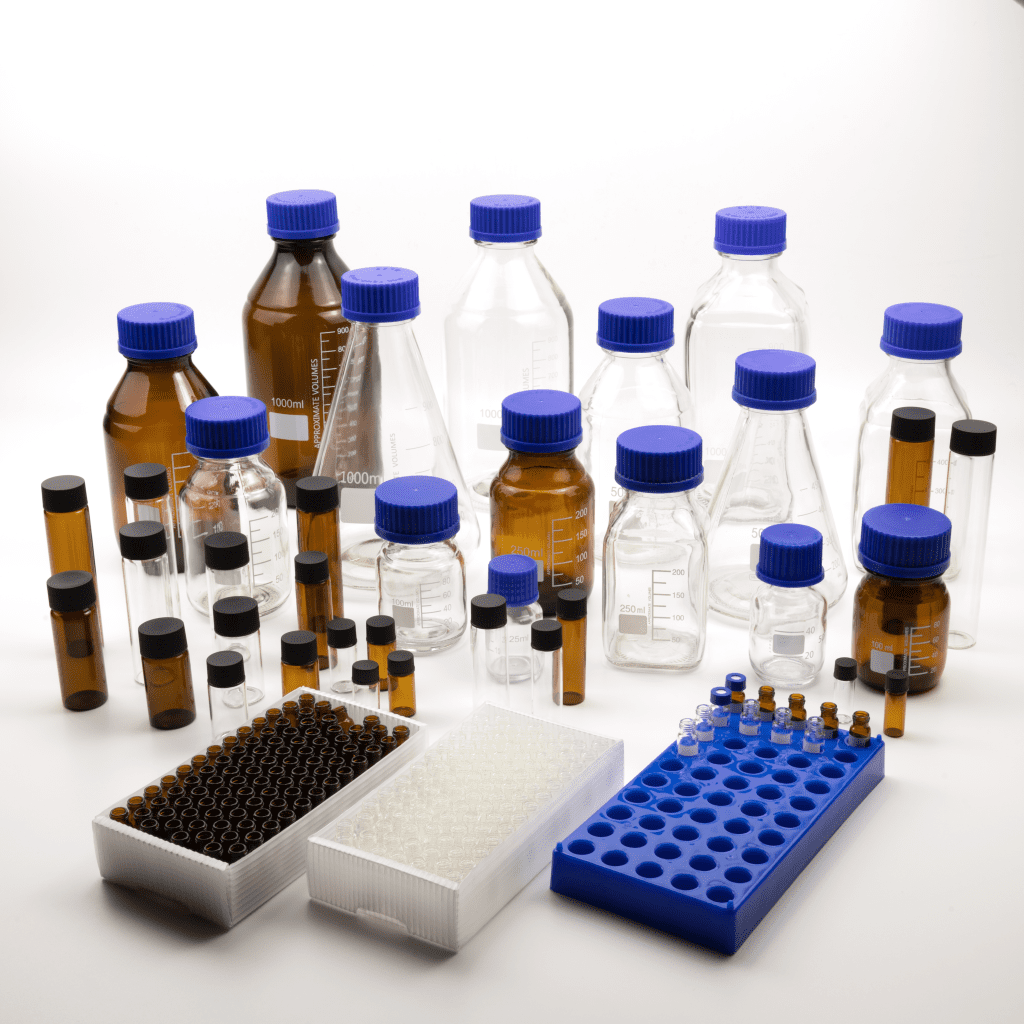
HPLC vials are typically designed for single use to maintain the integrity and reproducibility of analytical results. Reusing HPLC vials can introduce various issues that may compromise the accuracy and precision of your analyses. Here are some reasons why reusing HPLC vials is generally not recommended: Contamination: Residual sample components or contaminants from a previous […]
What are the different types of HPLC vials?
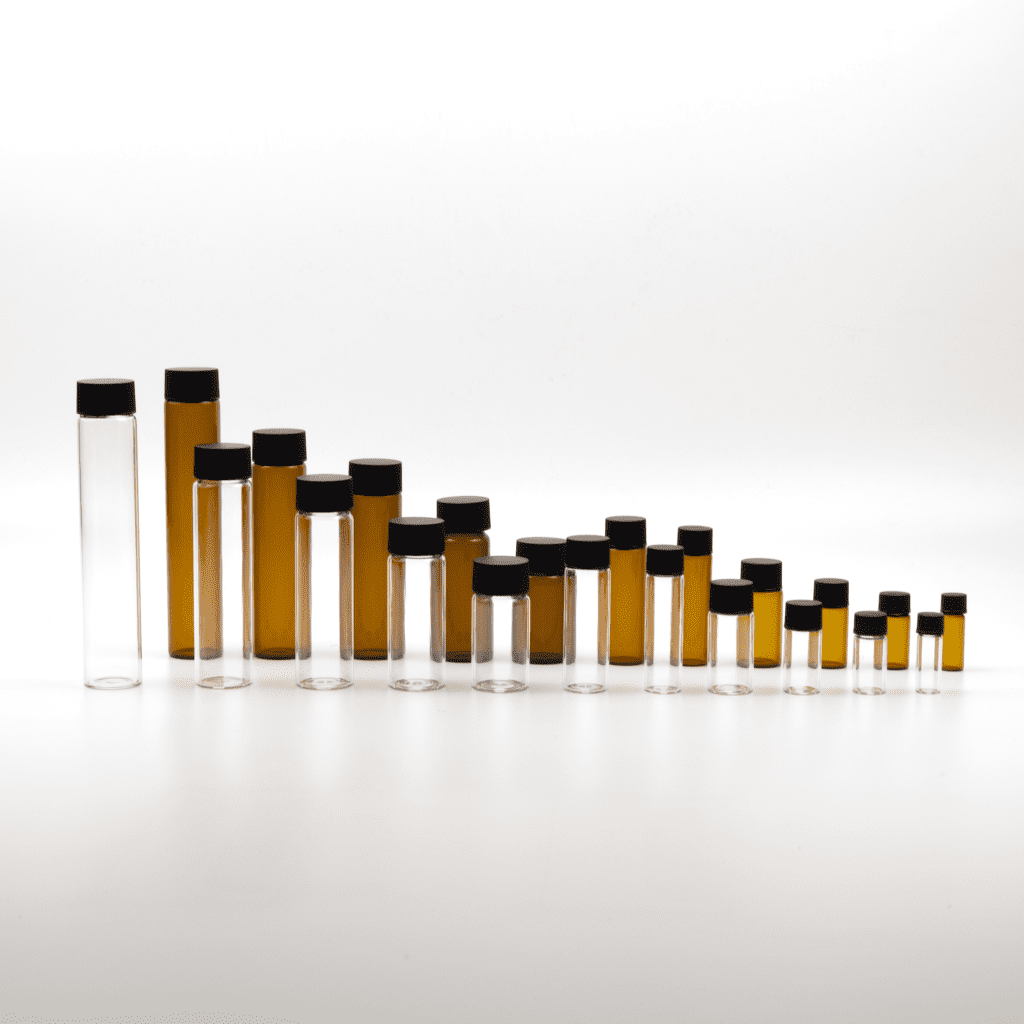
High-Performance Liquid Chromatography (HPLC) vials come in various types and configurations to suit different analytical needs. The choice of HPLC vials depends on factors such as sample type, analysis requirements, and instrument compatibility. Here are some common types of HPLC vials: Screw-Thread Vials: Standard Opening (8-425, 9-425, 10-425): These vials have a standard 8-425, 9-425, […]
Which vial is used for HPLC?
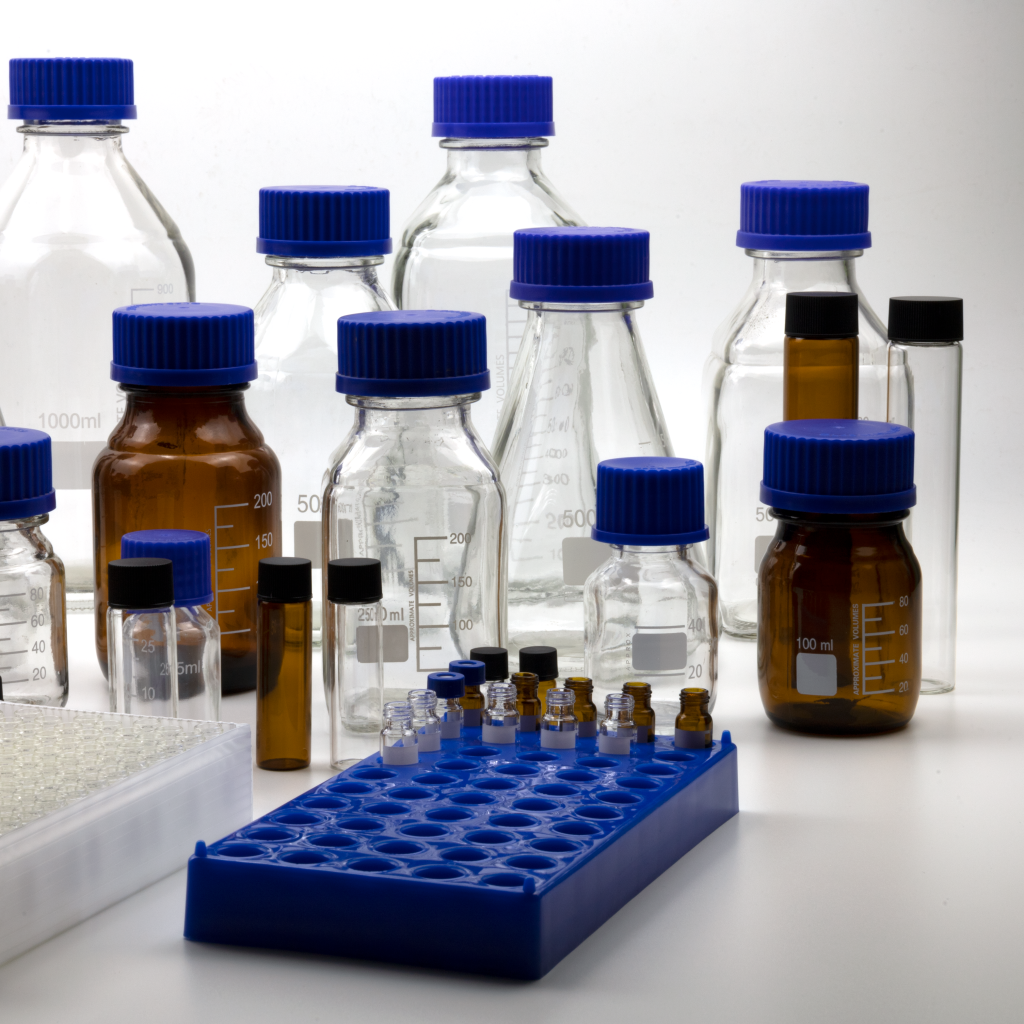
In High-Performance Liquid Chromatography (HPLC), the type of vial used depends on the specific requirements of the analysis, the nature of the sample, and the HPLC system being employed. However, commonly used vials for HPLC are made of glass or plastic. Glass Vials: Borosilicate Glass: These vials are highly resistant to temperature changes and chemical […]
How is serological pipette used?

A serological pipette is a laboratory instrument used for accurately measuring and transferring volumes of liquid. It is commonly used in biological and chemical laboratories for tasks such as cell culture, sample preparation, and other liquid handling applications. Here’s a general guide on how to use a serological pipette: Select the Appropriate Pipette: Serological pipettes […]
How do you identify a serological pipette?

Identifying a serological pipette involves recognizing its distinctive features and understanding its purpose in a laboratory setting. Here are some characteristics that can help you identify a serological pipette: Shape and Design: Serological pipettes typically have a long, slender shape with a tapered end. The body of the pipette is graduated with volume markings along […]
